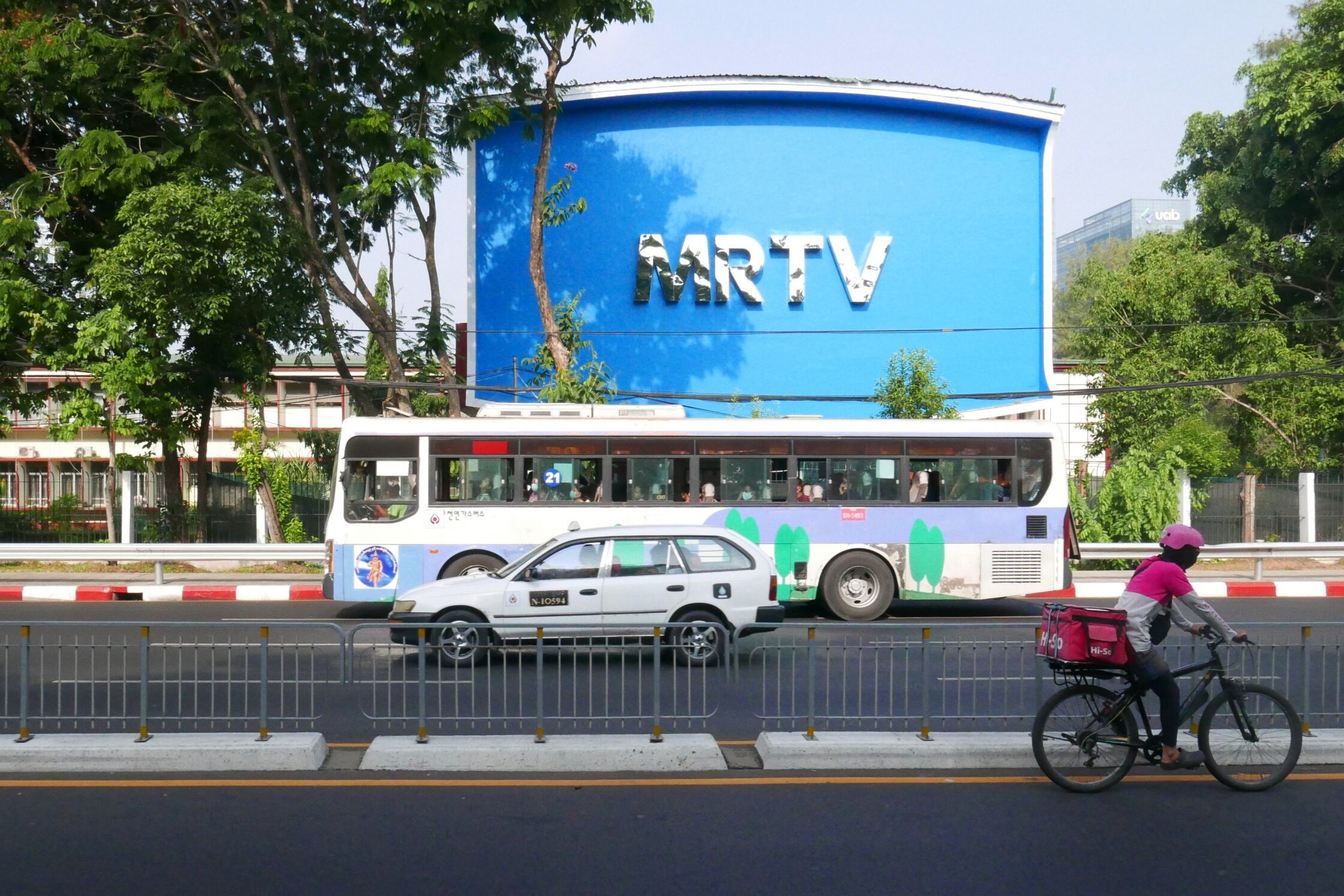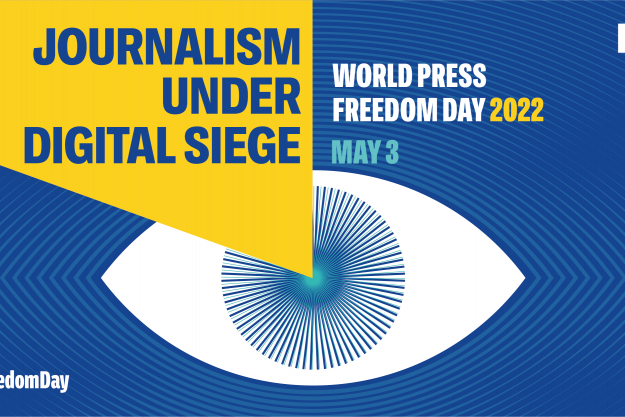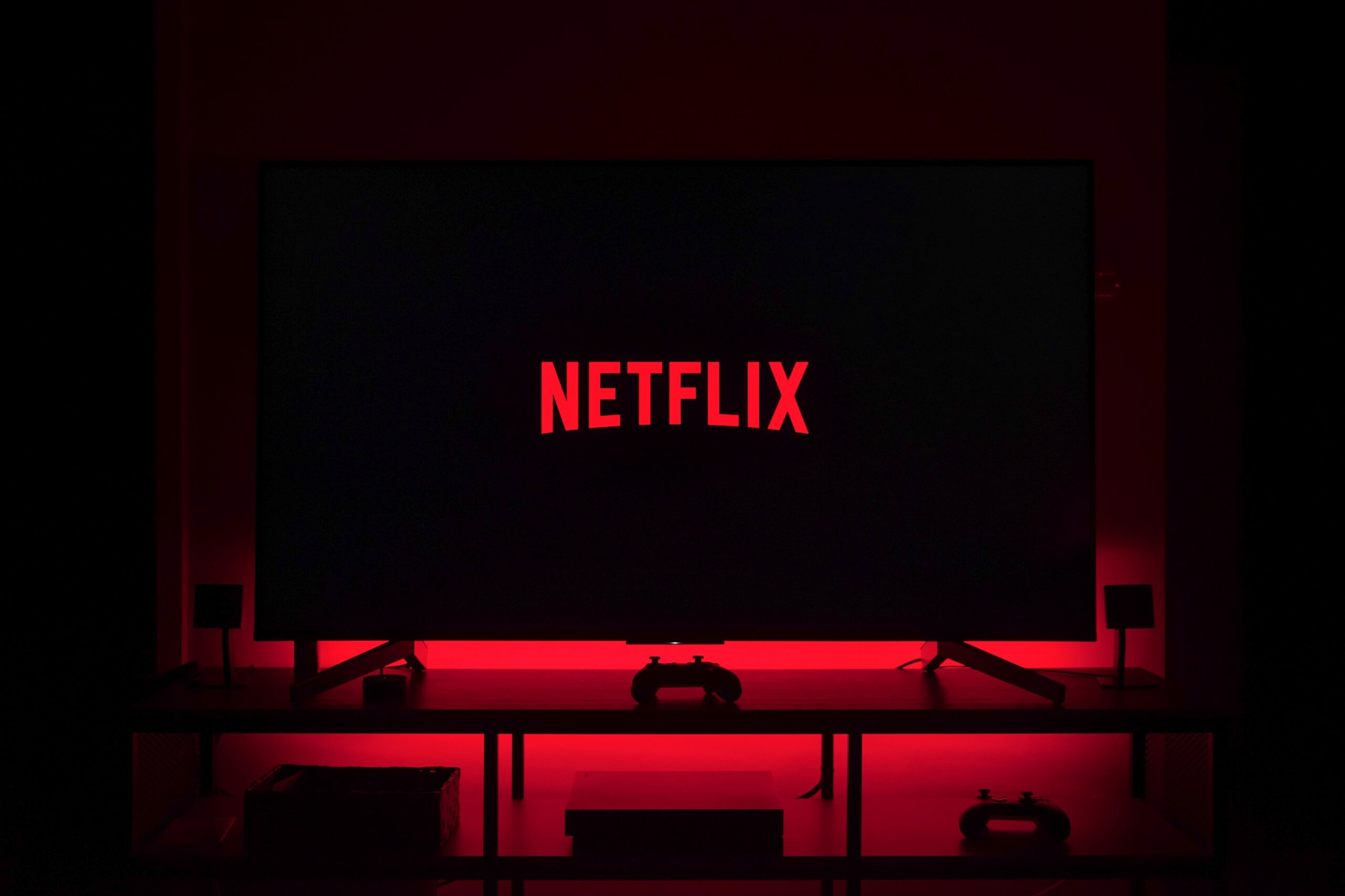World Press Freedom Day 2022
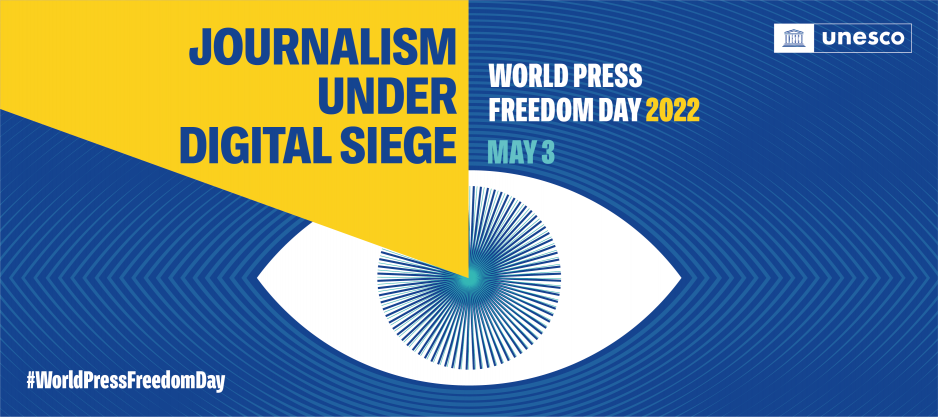
World Press Freedom Day 2022: Journalism Under Digital Siege
3rd May 2022
For World Press Freedom Day 2022, PMA has analysed six press freedom themes which have been prevalent across the past twelve months, and how the digital landscape has contributed to these themes.
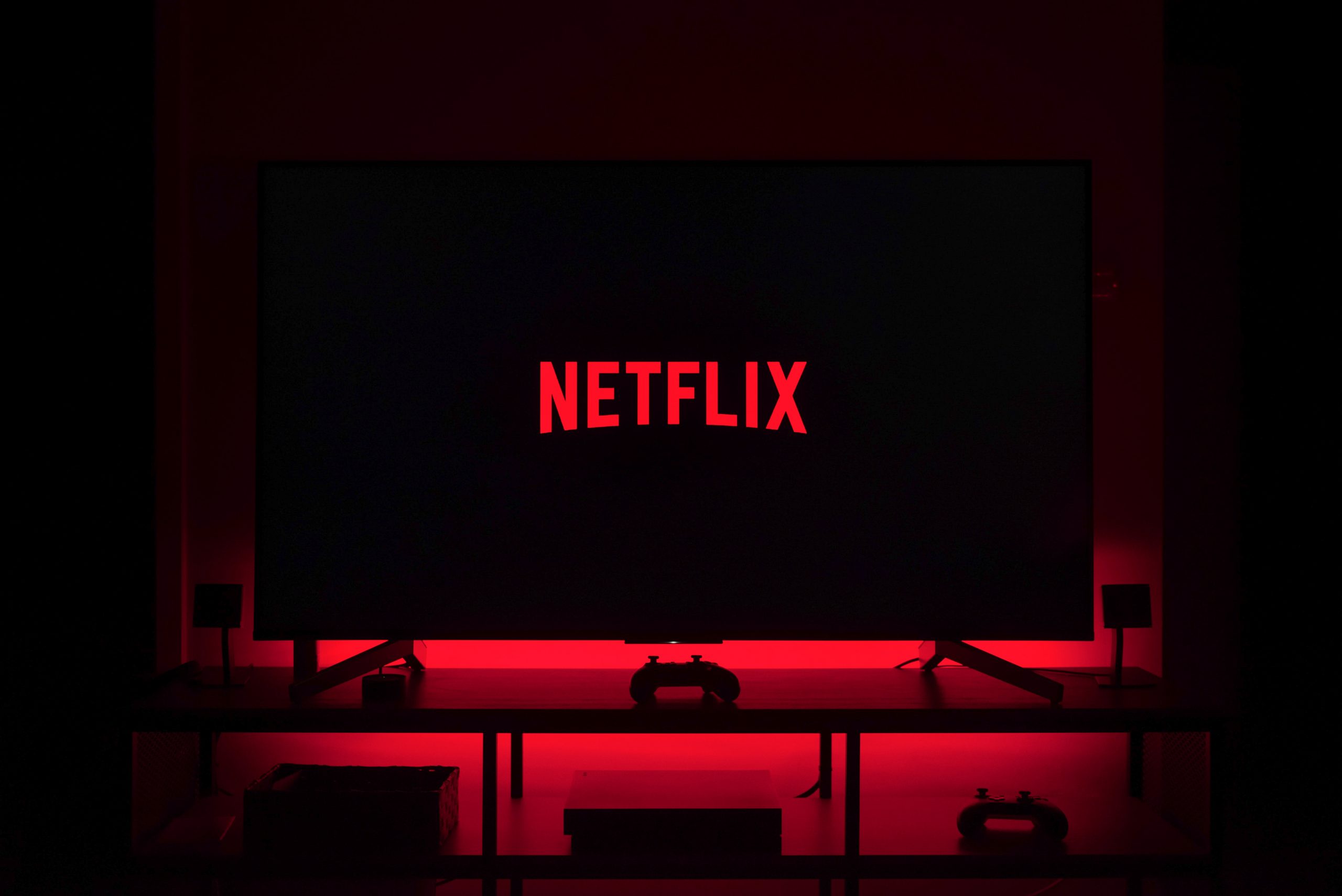
Public media has found itself facing its own form of digital siege, one that has come about from the rise of streaming services. The success of platforms such as Netflix, Amazon Prime Video and Disney+ has in some ways led to a displacement of public media as viewers fragment and turn away from linear broadcasting. Public media organisations are in a tough spot: on one hand, they are fighting for prominence as audience consumption patterns change; on the other, their content must remain differentiated from those of streaming services.
When it comes to prominence, streaming platforms now often occupy the top spots. Smart TVs now feature streaming platforms most prominently, with TV remotes even having specific buttons which take users directly to platforms like YouTube, Prime Video, or Netflix. The same issue exists within radio, where the growth of smart speakers has the risk of restricting public radio’s access to audiences, and vice versa.
The rise in prominence of non-PSM platforms is a relatively new phenomenon. Historically, the infrastructure through which public media would reach its audience, the owner and therefore gatekeeper was the government. Despite this coming with its own problems, public media was often at the forefront in the channel listings and was given the greatest level of prominence. But now who the gatekeeper is has changed, and public media stands to lose as a result.
For some people, their only concept of a public media organisation is through an icon on a screen. By putting PSMs at the bottom of the pile, they do not attain the same level of exposure and visibility as large multinational streaming services. In Australia, the government is looking into the issue, while in the UK, the government has released a White Paper that proposes ways to tackle the issue.
But the issue goes beyond prominence. PSM content varies significantly from that of streaming services, and the simplification of public media down to an icon on a screen does not provide audiences with an understanding of how much more independent public media provides to society and democracy than just entertainment. They provide rigorous, scrutineering and local-level journalism; they commission quality content for otherwise underrepresented audiences; they provide comprehensive online services, weather reports, public service announcements in an emergency. This is all at risk of being lost.
Meanwhile – despite being market leaders for television production since their inception – PSMs cannot compete with the extortionate budgets boasted by streamers, which they can afford through a global audience. As such, there is a danger of a two-tier system of television production emerging, which is then filtered down to audiences between those who can afford a subscription and those who cannot.
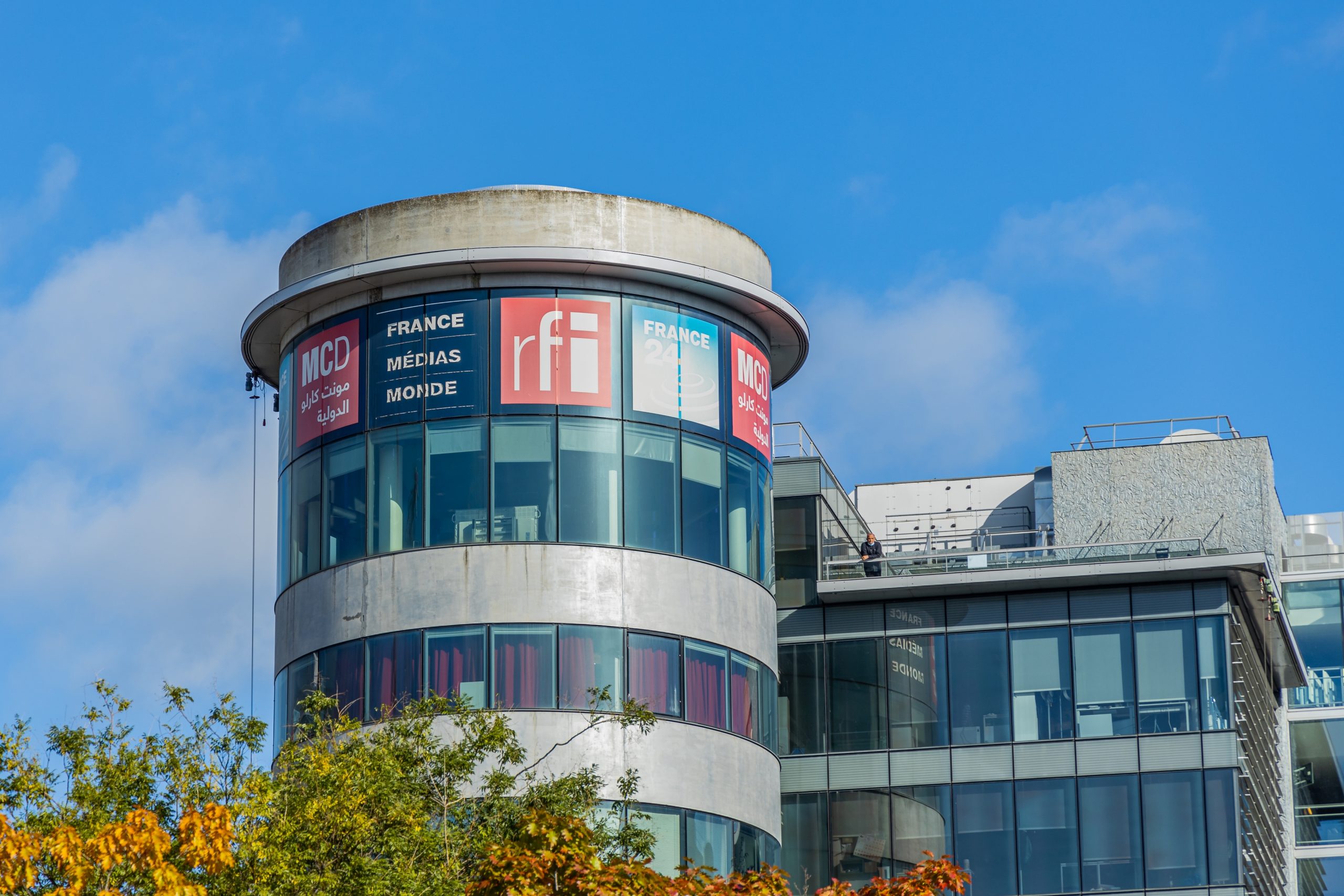
From the pandemic to protests, from coups to wars, journalists are frequently caught in the middle of the world’s biggest and most volatile events.
Media clampdowns and crackdowns have continued over the past year, with governments and regimes retaliating against independent and critical journalism. In Mali, the broadcasts of RFI and France 24 were suspended after reports detailing allegations of abuse by the Malian military were published. This was made definitive just last week. The suspensions came amid worsening relations between Mali and France. And a year after the military coup in Myanmar, 115 journalists had been arrested, 57 arbitrarily jailed, 14 convicted, and three killed. Similarly, in Sudan the ongoing coup has led to a decline in media freedom and an increase in media shutdowns, harassment, and attacks over critical coverage.
The past year has also emphasised the dangers journalists face not only from governments, but also from the public. As the world entered the second year of the pandemic, the fallout from COVID-19 restrictions and mandates persisted. Across the world, citizens took to the streets to protest lockdowns and vaccine requirements, and these protests have proven a dangerous place for journalists. From the storming of media houses in Europe to physical violence and threats during the so-called “Freedom Convoy” in Canada and New Zealand, the public has shown itself as an increasing threat to media workers globally.
Then there are those instances when journalists are, quite literally, caught in the middle. In the case of the ongoing war in Ukraine, there have been many documented attacks on the press, with the list of journalists killed or injured in the course of their work getting longer by the day.
Unfortunately, more examples can be found throughout the world in Asia, Europe, Africa, North America, and Latin America. It is the nature of quality independent journalism to report from these events, covering them in the interest of the public. But as this year has demonstrated, this has also meant that journalists increasingly find themselves in harms way, with direct and increasingly existential consequences for press freedom.
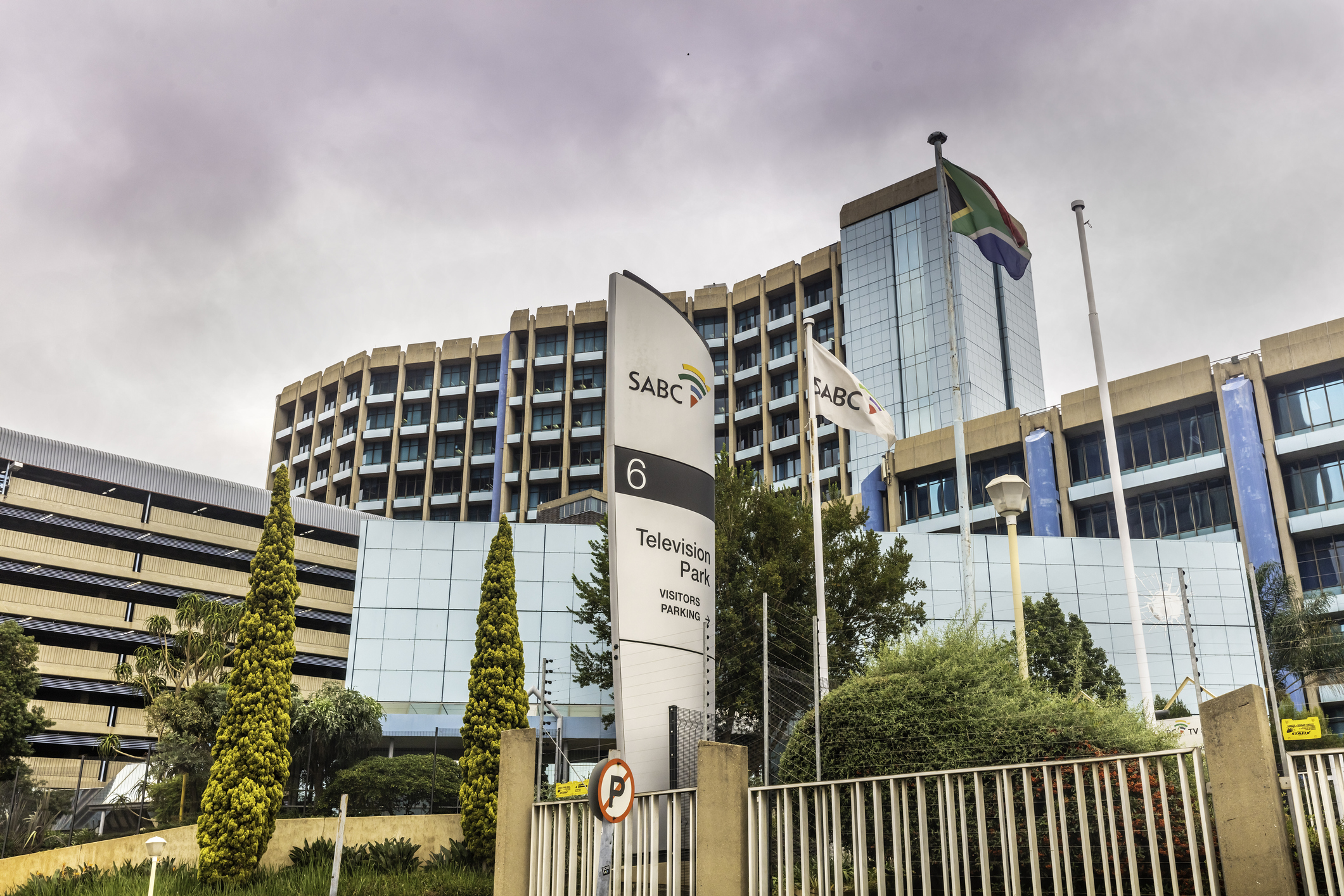
Many public media organisations have funding models that do not provide adequate funds to fulfil their public service mandates. Some, such as Bosnia and Herzegovina’s (BiH) national public broadcaster, BHRT, have neared the brink of closure.
In many cases, it was the COVID-19 pandemic that exacerbated ongoing financial pressures, especially for PSMs with mixed funding models like RTÉ in Ireland and SABC in South Africa. Both rely on advertising revenues, which were largely hit by the global health crisis. But what they also have in common is cripplingly high licence fee evasion rates. RTE’s is in fact the highest in Europe, which is in the red by an estimated €65 million annually. At the beginning of 2022, RTÉ Director-General Dee Forbes told the Irish parliament that it’s licence fee system is “utterly broken”, and that it “cannot continue to deliver its remit for the people of Ireland” unless its funding is addressed.
In other cases, public media funding is used as a political football. The UK government’s decision to pursue plans to privatise publicly owned Channel 4 – despite its significant contributions to the UK’s creative economy, representation of minority voices, and not actually being financed by the taxpayer – has led many to question its business logic. It comes at a time when the BBC is facing a two-year licence fee freeze.
Meanwhile, during the recent presidential campaign in France, Emmanuel Macron promised to remove the licence fee . Now that he’s been re-elected, he must come up with a viable replacement to fund French public media in a sustainable way that respects their independence.
Elsewhere, the Flemish public broadcaster in Belgium, VRT, will reportedly lay off 116 employees across the next three years, while changing how some of its programmes are produced as part of an agreement with the Flemish government to save 25 million euros by 2025. Others, such as RTVE in Spain and GBC in Ghana, are seeking alternative funding models to finance their vital services.
Poor funding is a press freedom issue. Under pressure, many PSMs respond by cutting costs – whether that is in staff numbers, programming and services, or both. This has a detrimental effect, not only to peoples’ livelihoods, but also for democracy as access to trusted, quality and universally available sources of news and information diminishes.
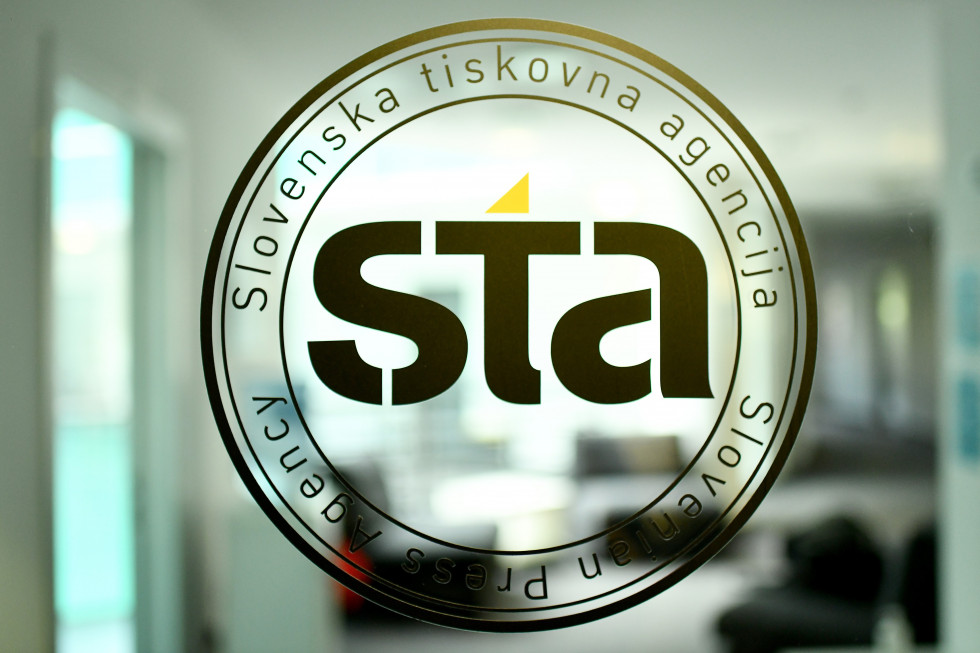
Despite new faces at some public media organisations, the pressures they face have remained the same. Often, new management and new politicians have meant new approaches. But over the past year there have been instances where the old rhetoric has simply been swapped out for more of the same.
For these PSMs under pressure, it has often been the case that their new leaders typically have close ties to the existing governing regime. It has also been likely that these regimes have a history of undermining public media, which has been bolstered by unsubstantial and inadequate oversight mechanisms to protect the public media.
In Slovenia, recent appointments by the National Assembly within public broadcaster RTV Slovenija (RTV SLO) have raised concerns of political appointments. STA reported that the list of 13 newly-appointed members of the programme council – the body that oversees the operations of RTV SLO – consists of individuals endorsed by the Janez Janša coalition and parties friendly to it. Meanwhile, Director-General Andrej Whatmough has been reappointed for another four years. His reappointment followed a tumultuous year for the broadcaster, with Mr Whatmough leading the organisation – beyond the recent contentious appointments in the programme council, there have been the seemingly retaliatory firing of the TV Programmes Director Natalija Gorščak; controversial programming changes; and accusations of restrictions on trade union activity and freedom of expression, political undermining and unequal treatment of political parties during election campaigns. With a new government elected in April, there is hope that the actions of the previous administration, which did so much to undermine and suffocate the country’s public media organisations, will be undone.
Also in Turkey, public broadcaster TRT’s entire board was replaced through a presidential decree in July 2021, moving TRT further away from objective and independent journalism. Most of the newly appointed names are known for their close relations to the government, IPI reports. =
On the reverse side, there are new terms but the same faces. In Poland, Jacek Kurski was reappointed as President of public broadcaster TVP for another four years. Mr. Kurski has been at the helm of TVP since 2016. In late 2015, the PiS came into government and since then the TVP has come under heavy criticism for its uncritical coverage of the government, lack of editorial independence, and hate speech undertones.
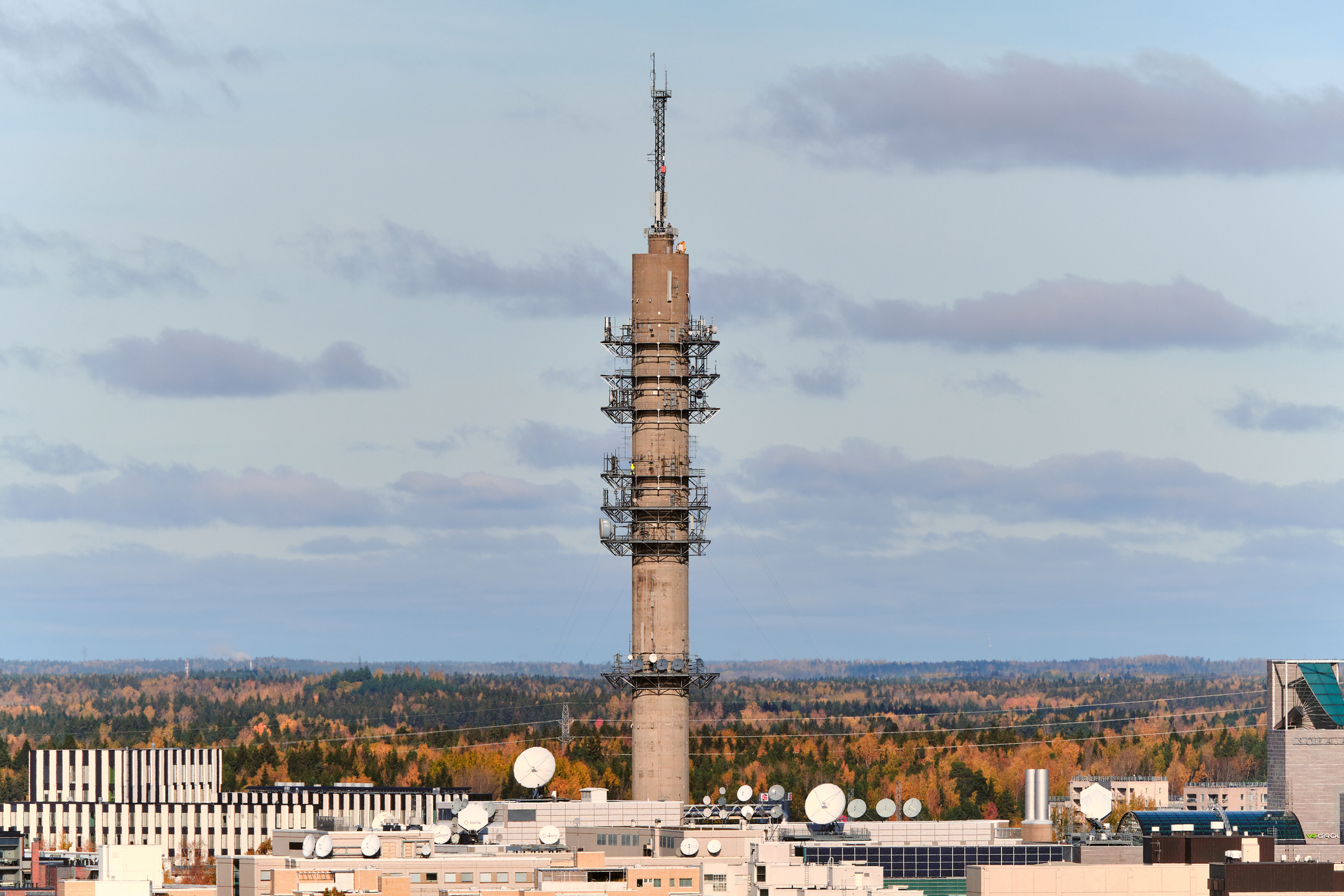
While PSMs already have a tough fight on their hands competing against global streaming behemoths, their other battleground remains much closer to home.
Many traditional private and commercial media newsrooms have experienced huge financial losses and even closures amid a global news journalism funding crisis, brought about by the digitalisation of news. Those remaining have therefore enhanced their fight to maintain their positions within media markets.
Recently, several PSMs have been called out by local private or commercial media companies, who have bemoaned unfair advantage of public media in their use of public funds to compete for audiences, especially in the digital era. In Estonia and Finland, private media organisations filed complaints with the European Commission over “unfair competition” and proposed limiting ERR and Yle’s respective online text-based news services. While ERR still awaits a response from the EU Commission, in March 2022, the Finnish Parliament approved an amendment to the Yle Act – called for by the Commission – that imposes certain restrictions on its online textual content. From later this year, the majority of Yle’s text-only articles published online will have to be accompanied by audio or audio-visual content.
One recent win in this area, however, did come from Lithuania when a similar complaint taken to the EU Commission against public broadcaster LRT was dropped.
Increasing tensions between public and private media signal the need for a deeper understanding of the wider media ecosystem of a nation in terms of pluralism, and the distinction between types of media companies and the value they bring to society. It is a press freedom issue: it is vital that a diverse range of media organisations can publish a diversity of content to reach all members of society. This ultimately strengthens media pluralism, media viability and therefore the health of democracies.
Yet tensions occur even as PSMs find new and different ways to collaborate with commercial media companies, such as during election periods; collaboratively addressing common challenges or pooling resources together to cover the Russia-Ukraine war.
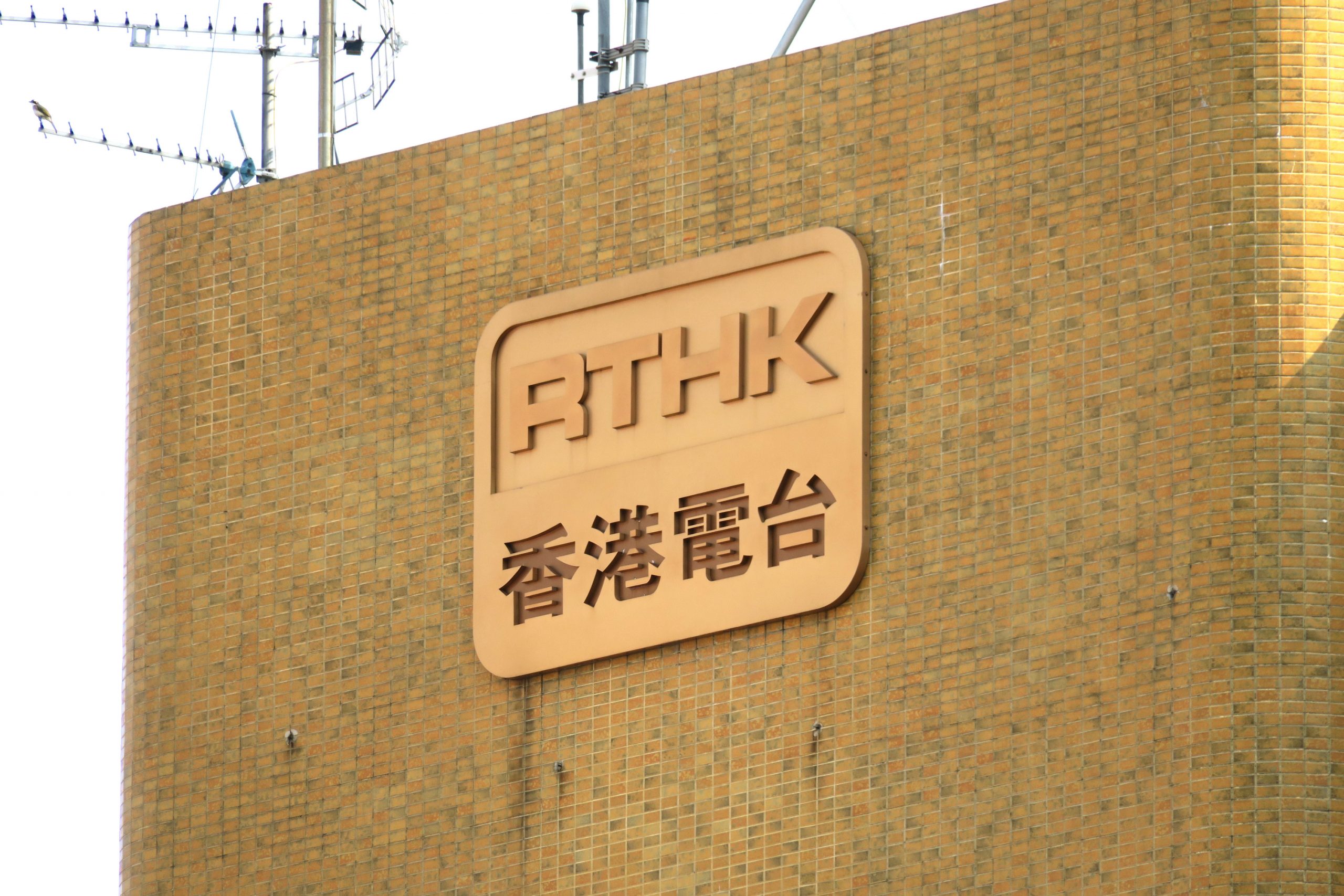
There has been a growing intolerance for independent, public interest media, which holds authorities to account, and exposes abuses of power. A key strategy employed by governments worldwide to reduce this scrutiny has been to undermine, infiltrate, and effectively capture these organisations.
This year, PMA suspended the membership of RTHK, Hong Kong’s once independent public media. Over a dark 18 months, a raft of changes were introduced at the broadcaster: top executives were replaced, independent journalists left, politicians were given access to airwaves free of scrutiny, and the organisation became a mouthpiece for the state, with close affiliations to China’s state media sector. The rapid deterioration showed how pressing an issue media capture is, and how quickly it can take hold.
Meanwhile, in Brazil, President Jair Bolsonaro has attempted to privatise the national media organisation, EBC, with fears it would be given to someone with a like-minded politics to the current president.
In other countries too, governments have sought to take control over media organisations. Kyrgyzstan’s national media organisation’s limited independence is under threat from the government. The UK government has made a number of political appointments to independent regulators or independent board positions. And Poland’s congress has attempted to force the sale of TVN – an independent, privately owned news station.
But in all these instances, there has been strong fight back from the media sector, which has often been successful. In Pakistan, for instance, now former Prime Minister, Imran Khan, sought greater control over the media sector through a proposed new authority with stricter regulations. But severe media blowback has led to the new media authority being shelved, and the new government has promised not to re-introduce it. Poland’s President Andrzej Duda vetoed the controversial “Lex TVN” bill; and EBC’s own journalists continue to fight for the organisation’s independence and public ownership.
Media capture is devastating for democracy. Fighting against it is a struggle that public interest media, civil society organisations, and independent journalists must continue.
More from our World Press Freedom Day 2022 Coverage:
» Read CEO of PMA, Kristian Porter’s Global Call Out on the past year
» Find out what PMA is watching / reading / listening to this World Press Freedom Day
Related Posts
3rd May 2022
Myanmar military’s effort to silence independent media
On World Press Freedom Day, a year on…
2nd May 2022
#WPFD2022: What we’re watching, reading, and listening to
For World Press Freedom Day 2022, we’ve…
29th April 2022
Netflix subscription woes: what can they teach public media?
The idea of introducing Netflix-style…
21st April 2022
Ukraine war: Public media podcasts with unique takes
From an open API to practical info for…
